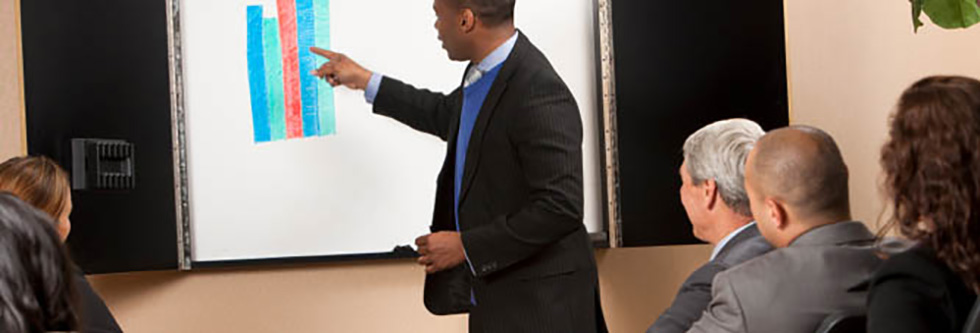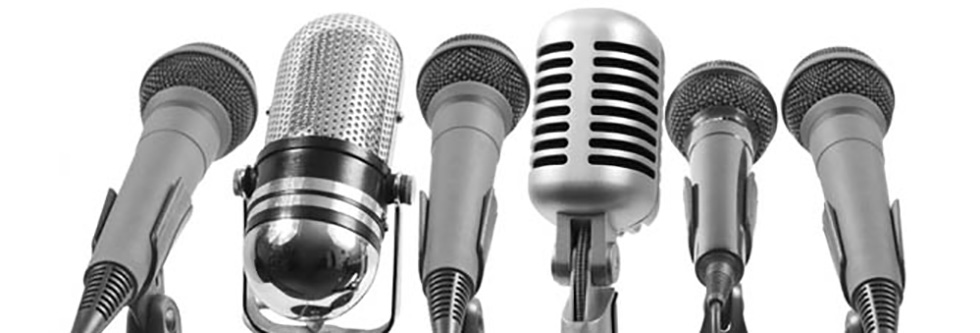“The most precious things in speech are the pauses”. This is a powerful and important statement that is often overlooked in our fast-paced society. A good speaker focuses not just on what they are saying, but more importantly, on how they are saying it.
Bill Clinton Master of Speech Pause
Political affiliations aside, former President Bill Clinton is a master of the pause, and has used it effectively over the years to enhance the power of his speeches. Looking back in history, there are a number of memorable speeches that have had a powerful impact, not just because of their content, but because of the way that the speaker delivered his message. For example, President John F. Kennedy said, “and so my fellow Americans (pause). Ask not what your country can do for you (pause), ask what you can do for your country”. A perfect illustration of the idea that pauses are the punctuation of speech and often their silence can speak louder than words.
Why do we have so much trouble pausing in the course of daily conversational speech or when delivering a presentation? First, we are concerned that other people will intervene and not allow us to finish what we are saying. Second, it is a break in fluency, and we are concerned that others will interpret this break as a lack of knowledge or proficiency in the topic that is being discussed.
The Results of Not Pausing When Making A Presentation
The results of not pausing are in many ways detrimental to your overall communication skills. Rather than pause, we use fillers such as “um”, “uh”, and “you know”. These fillers dilute the message you are trying to communicate, and they are distracting. Furthermore, they do not enhance the meaning of your verbalizations in the way that pauses do. The absence of pauses in ongoing conversation affects our voices; we begin to run out of air. When this occurs, our voices become less powerful and we often drop into glottal fry (see prior blog), which is physiologically challenging for our vocal cords. When we pause, we are able to breath easily and evenly. Pausing also allows us to slow our rate of speech,which leads to improved intelligibility through more accurate articulation. Finally, a pause allows a listener to really absorb your message, particularly if it contains new and unfamiliar information.
You Must Feel Comfortable with the Pause
The first step in effectively using the pause in speech is to feel comfortable with it. Recognize that pauses are a vital part of communication and that when you are pausing, you are only stopping the flow of speech for a few seconds. If you count to yourself…1,2…the pause becomes more manageable. Eventually, your ears take over and you won’t need to count. A natural place to pause is at punctuation – commas, periods, semi-colons, at the beginning of a new sentence or thought, and before an important new topic so that you can get your listener’s attention. Conversely, as a listener, allow for the pause and don’t interrupt until you are sure that the speaker has finished talking.
In the words of Mark Twain…”No word is ever as effective as the well placed pause”. Embrace the power of the pause and you will be on your way to being a more effective speaker.









Leave a Reply